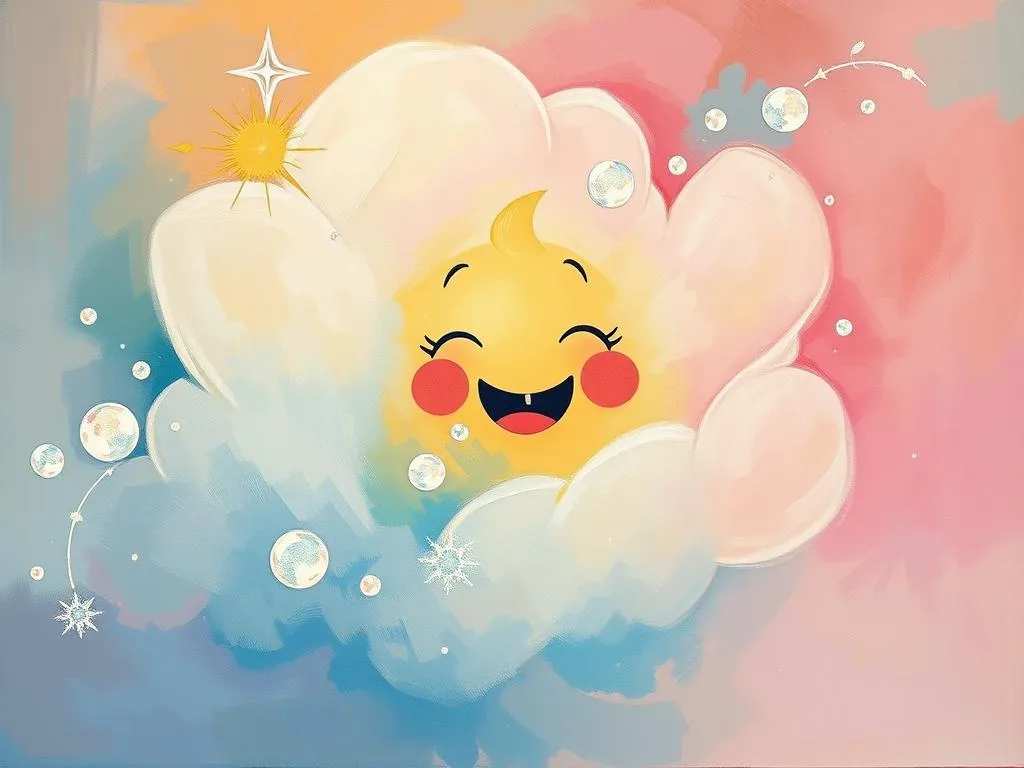
Dreams are the whispers of our subconscious, intricate tapestries woven from our thoughts, emotions, and experiences. They often leave us wondering what they mean and how they relate to our waking lives. Have you ever woken up from a dream that felt so vivid, so real, that you couldn’t shake its impact? You’re not alone. Dreams are a universal phenomenon, and their meanings can be as varied as the individuals who experience them. Together, let’s embark on a journey through the symbolic landscape of dreams, explore real-life scenarios, and discover how these nocturnal narratives can guide us toward personal growth.
In this exploration, we’ll break down the symbolism of common dream themes, examine real-life scenarios that resonate with those symbols, and finally, reflect on how understanding our dreams can lead to powerful personal growth. Let’s dive in and uncover the hidden treasures of your dreams.
The Language of Dreams: Decoding Symbols
Dreams often speak in symbols, where each element can carry a wealth of meaning. Understanding these symbols can illuminate aspects of our lives that may need attention or reflection.
1. Water: Water is one of the most common symbols in dreams. It often represents emotions and the subconscious. Calm water can indicate peace and tranquility, while turbulent water may suggest emotional turmoil or unresolved issues.
2. Flying: Dreams of flight can signify freedom and escape. They might reflect a desire to rise above life’s challenges or a yearning for independence. Conversely, if you feel a sense of fear while flying, it may suggest a fear of losing control or the consequences of your ambitions.
3. Animals: Animals in dreams can symbolize our primal instincts. For example, a lion might represent courage, strength, or even aggression, while a snake could signify transformation or hidden fears. Understanding the animal’s behavior in your dream can provide insight into your own feelings or situations.
4. Being Chased: This classic dream theme often reflects feelings of anxiety or avoidance. It could signify that you are running away from a problem or stressor in your waking life. The nature of the pursuer—whether it’s a person, animal, or abstract entity—can reveal deeper insights into your fears.
5. Falling: Falling dreams can evoke feelings of insecurity or loss of control. They may indicate that you feel overwhelmed or unsupported in some aspect of your life. However, they can also symbolize a desire to let go and embrace change.
Each of these symbols can hold multiple meanings depending on the context of the dream and the dreamer’s personal experiences. The key is to approach them with an open mind and a willingness to explore your own emotions and circumstances.
Dreamscapes: Real-Life Scenarios
Let’s delve into some everyday scenarios that might resonate with you. These examples illustrate how dreams can reflect our waking lives and provide clues to our inner thoughts and feelings.
1. The Waterfall Encounter: Imagine dreaming of standing beside a magnificent waterfall. The water cascades powerfully, and you feel a mix of awe and fear. In waking life, you might be experiencing overwhelming emotions or significant changes. This dream might encourage you to confront these feelings rather than shy away from them. Embrace the flow of your emotions; they are essential for your growth.
2. The Flight to Freedom: Picture yourself soaring high in the sky, feeling the wind rush past you. This dream may signify a newfound sense of freedom in your life, perhaps related to a recent change in job or relationship. Celebrate this liberating feeling, and consider how you can further embrace your independence in your daily life.
3. The Pursuer in the Shadows: You find yourself running through a dark forest, glancing over your shoulder as a shadowy figure chases you. This scenario might indicate an unresolved issue or anxiety that you’ve been avoiding. Instead of running, consider facing what you fear. Addressing these concerns head-on can lead to healing and clarity.
4. The Unexpected Fall: You dream of teetering on the edge of a cliff before plummeting into the abyss. This dream often reflects feelings of insecurity or fear of failure. In your waking life, it could be a sign that you need to acknowledge areas where you feel unsupported or uncertain. Remember, falling can also be a reminder to trust in the process and embrace the unknown.
5. The Animal Guide: In another dream, you encounter a wise owl perched on a branch, watching you intently. Owls often symbolize wisdom and intuition. This dream might suggest that you need to tap into your inner wisdom or pay attention to your intuition regarding a particular situation. Trust your instincts; they can guide you toward the right path.
By reflecting on these scenarios, you can begin to see how your dreams might mirror your experiences and emotions. Recognizing these connections can help you navigate your waking life with greater awareness.
Awakening Potential: The Path to Personal Growth
Understanding your dreams can be a profound catalyst for personal growth. By embracing the lessons your dreams offer, you can unlock new perspectives and insights into your life. Here’s how you can incorporate dream interpretation into your personal development journey.
1. Keep a Dream Journal: Documenting your dreams can help you identify recurring themes and symbols. By writing down your dreams as soon as you wake up, you can capture the details before they fade. Over time, you may notice patterns and connections that can lead to deeper self-understanding.
2. Reflect on Emotions: After recording your dreams, take a moment to reflect on the emotions you felt during the dream. Were you scared, joyful, or anxious? Understanding the emotions tied to your dreams can reveal what you may need to address in your waking life.
3. Set Intentions: Use your dreams as a guide to set intentions for your day or week. If your dream revealed a fear or challenge, consider how you can confront that in your daily life. Setting intentions can empower you to transform your dreams into actionable steps toward growth.
4. Explore Cultural Perspectives: Different cultures have unique interpretations of dream symbols. For instance, in some Indigenous cultures, dreams are seen as messages from ancestors or the spirit world. Embracing diverse perspectives can enrich your understanding of your dreams and their significance in your life.
5. Seek Support: If you find certain dreams particularly troubling or recurring, consider seeking support from a therapist or counselor who specializes in dream analysis. They can help you explore the deeper meanings and assist you in navigating any emotional challenges that arise.
Dream interpretation is not merely a pastime; it is a powerful tool for self-reflection and growth. By embracing the lessons woven into your dreams, you can begin to connect your subconscious with your conscious mind, fostering a deeper understanding of yourself.
In the end, dreams are not just fleeting images and stories; they are the keys to unlocking the hidden chambers of our hearts and minds. As you embark on your journey of dream exploration, remember this: each dream is an invitation to dive deeper into the essence of who you are and who you are becoming. Embrace the wisdom they offer, and let your dreams guide you toward a more fulfilling life.







